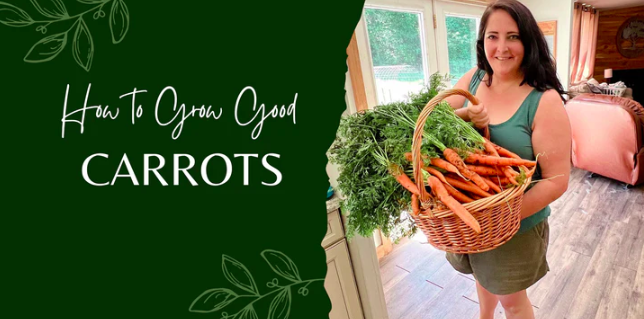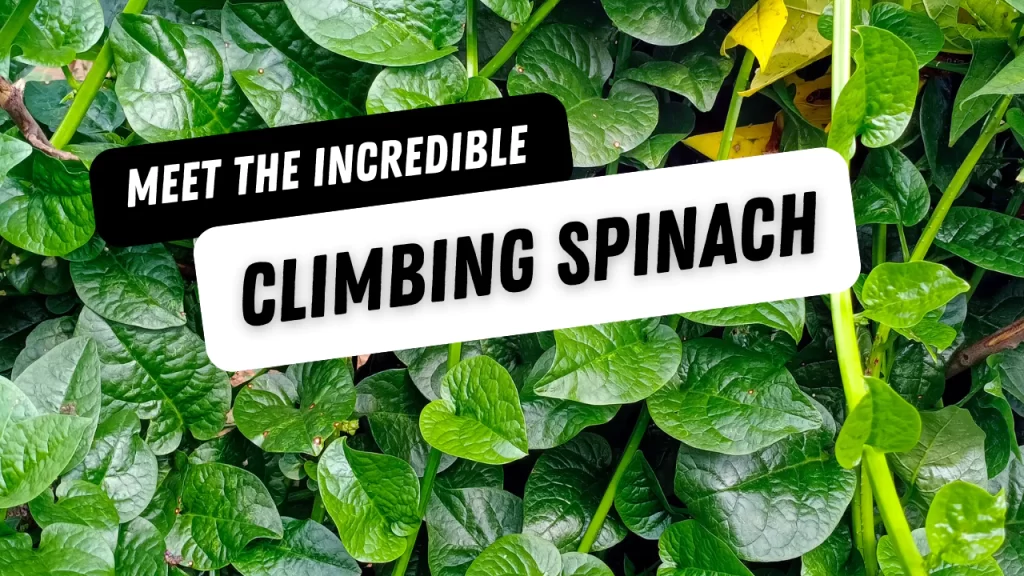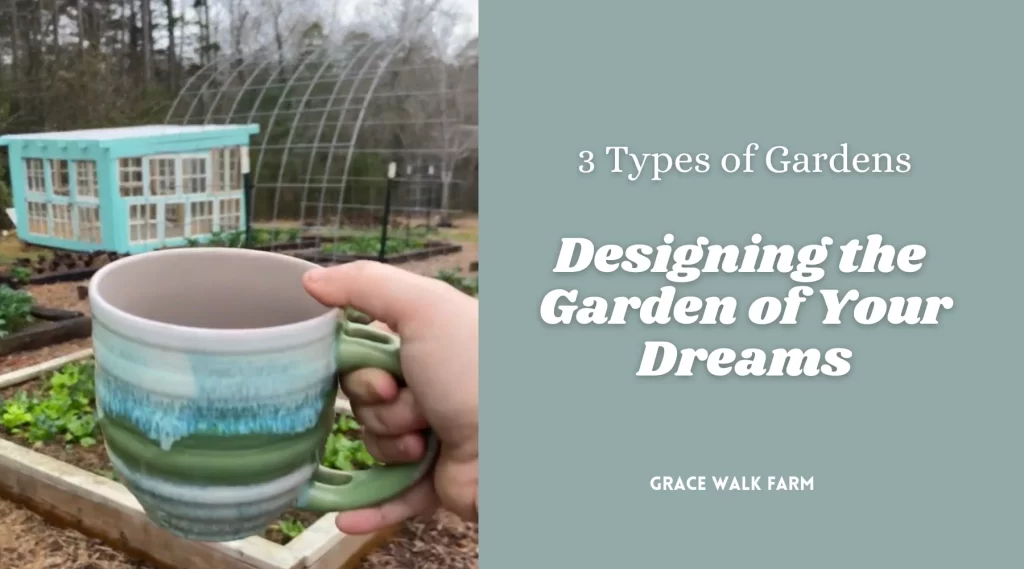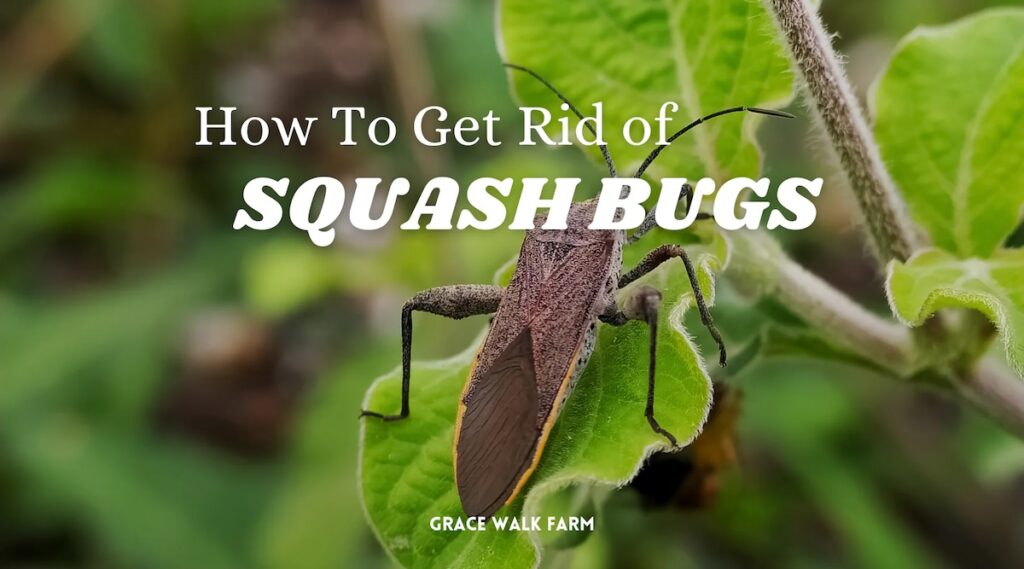Growing carrots is a fun and rewarding experience, and with a little bit of know-how, you can have a bountiful crop in no time. It took me several attempts before I finally figured out how to grow good carrots. This particular crop takes careful sowing and deliberate care, but the harvest is well worth the effort. Take a look at this amazing carrot harvest we enjoyed last spring.
Welcome to Grace Walk Farm, our family homestead in western NC. We share the highs and lows of our homestead journey, in hopes that it will encourage you to grow your own food too. Click here to grab our Beginner Garden Guide for free! Join our 600K strong Instagram community of homesteaders here. Thanks for stopping by!

Here’s a step-by-step guide on how to grow carrots in your garden…
Choose the right location.
Carrots require full sun and well-drained soil. If possible, choose a spot in your garden that gets at least 6 hours of direct sunlight per day. The soil should be loose and sandy, as carrots need good drainage to grow properly.
Prepare the soil.
Before planting, you should loosen the soil up. Carrots prefer loose, rich soil. This means removing any large rocks or debris and breaking up any clumps of soil. Some people even add some sand to the soil, a little trick that many farmers swear by to get big carrots. You should also add organic matter such as compost or well-rotted manure to improve the fertility of the soil.
Plant the seeds.
Carrots can be planted directly in the soil or started indoors and then transplanted. If planting directly in the soil, sow the seeds about ½ inch deep and 1 inch apart. If starting indoors, plant the seeds in seed trays or pots and keep them in a warm place until they are ready to be transplanted.
Care for the seedlings.
Keep the soil consistently moist but not waterlogged. Carrots are sensitive to changes in moisture levels, so be sure to keep an eye on the soil and water when necessary. As the seedlings grow, thin them out to about 3 inches apart.
How to Fertilize Carrots
Carrots need regular fertilization to grow strong and healthy. Use a balanced fertilizer every 4-6 weeks throughout the growing season. You can also use organic fertilizers such as bone meal or fish emulsion. Remember – if you are feeding your soil properly, you shouldn’t need to feed your plants. Healthy soil yields healthy plants.
When to Harvest Carrots
Carrots are usually ready to harvest in 60-80 days. You can pull them out of the ground when they are about the size of your thumb. The best time to harvest is in the morning when the soil is still moist and the carrot is firm. There’s no magic way to know if your carrots are ready to harvest. Feel the tops and when they feel big enough, pull one out and see if they are ready.
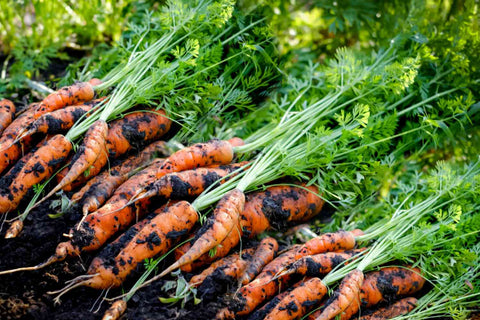
Troubleshooting Common Problems for Growing Carrots
Here are some common problems that you may encounter when growing carrots and how to troubleshoot them.
Problem: My carrots are misshapen or not properly formed.
Solution: This is often caused by overcrowding or soil that is too hard. Make sure to thin out seedlings to about 3 inches apart and loosen the soil before planting. Also, using a soil conditioner like sand can help improve drainage.
Problem: My carrots are splitting.
Solution: This is often caused by uneven watering. Carrots need a consistent level of moisture, so be sure to water regularly and deeply. Mulching around the plants can also help keep the soil moist.
Problem: My carrots are developing a forked shape.
Solution: This is often caused by soil that is too rocky or hard. Make sure to remove any rocks or debris from the soil and use a soil conditioner like sand to improve drainage.
Problem: My carrots are being attacked by pests.
Solution: Carrots are susceptible to pests such as carrot flies, aphids, and thrips. Keep an eye out for any signs of infestation and take action as soon as possible. You can use insecticides or organic methods such as companion planting or using natural predators like ladybugs. Good companion plants for carrots include chives, leaks, nasturtiums, lettuce, and rosemary.
Problem: My carrots are not growing at all.
Solution: This could be caused by a variety of factors, such as poor soil quality, lack of sunlight, or poor drainage. Make sure to choose a location that gets at least 6 hours of direct sunlight per day, and be sure to prepare the soil properly before planting.
With a little bit of troubleshooting and some TLC, you’ll be able to overcome these common problems and enjoy a bountiful crop of delicious carrots. Remember to be patient, and don’t hesitate to reach out to more experienced gardeners for advice and tips.

Choosing the Best Variety of Carrots for Beginners
For beginners, choosing the right variety of carrot can be overwhelming. Here are seven good varieties of carrots that are perfect for beginners to plant:
Nantes: Nantes carrots are a classic variety that are known for their sweet taste and crisp texture. They are also very easy to grow and have a short maturity time of around 60 days. They are ideal for planting in raised beds or containers.
Chantenay: Chantenay carrots are a shorter and stockier variety than Nantes, but they are still sweet and crisp. They are also very easy to grow and mature in around 70 days. They are ideal for planting in raised beds or containers.
Danvers: Danvers carrots are a little bit longer than Nantes and Chantenay, but they are still easy to grow and mature in around 75 days. They are known for their sweet and nutty flavor, and they are ideal for planting in raised beds or containers.
Imperator: Imperator carrots are the longest of the varieties, reaching up to 10 inches in length. They are sweet and crisp, and they have a slightly longer maturity time of around 80 days. They are ideal for planting in raised beds or containers.
Thumbelina: Thumbelina carrots are a small, round variety that are perfect for container gardening. They are sweet, crisp, and mature in around 55 days. They are ideal for planting in raised beds or containers.
Little Finger: Little Finger carrots are another small variety, reaching around 2-3 inches in length. They are sweet and crisp, and they mature in around 60 days. They are ideal for planting in raised beds or containers.
Scarlet Nantes: Scarlet Nantes carrots are a unique variety that is known for its deep red color. They are sweet, crisp, and mature in around 70 days. They are ideal for planting in raised beds or containers.
These 7 varieties of carrots are perfect for beginners, as they are easy to grow, sweet and crisp, and ideal for planting in raised beds or containers. Each variety has different maturity time and shape, but all are known for their great taste, and are packed with nutrients. With a little bit of care and attention, you can enjoy a bountiful crop of delicious and healthy carrots.

Amending the Soil for Planting Carrots
Amending the soil for carrots is an important step in ensuring a successful crop. Carrots prefer well-draining, loose soil with a pH between 6.0 and 6.8. To amend the soil, start by removing any large rocks or debris from the area where you plan to plant. Next, add a 2-4 inch layer of compost or well-rotted manure to the soil and mix it in well. If the soil is heavy clay, consider adding a soil conditioner such as sand to improve drainage.
Additionally, adding an all-purpose fertilizer, such as bone meal or blood meal, can provide the necessary nutrients for the carrots to grow. It’s also important to make sure the soil is consistently moist but not waterlogged to avoid any issues with split or misshapen carrots.
Knowing When to Harvest Your Carrots
Carrots are ready to harvest when they are fully mature and have reached their desired size. This typically occurs between 60-90 days after planting, depending on the variety. One way to tell if they are ready to harvest is to gently pull on the carrot near the soil surface. If it comes out easily, it is ready to be harvested. Another way to check is to gently push the soil away from the top of the carrot with your finger. If the carrot is plump and firm, it is ready to be harvested.
Proper Harvest Technique
To harvest your carrots, use a garden fork or trowel to loosen the soil around the base of the carrot. Gently pull the carrot out of the soil, being careful not to damage the root. If the soil is dry, you may need to water the area before harvesting to make the soil easier to work with. Once you have harvested the carrots, shake off any excess soil and lay them out in a single layer to dry in the sun for a few hours. This will help to harden the skin and reduce the chances of rot.
Tips for Storing Carrots After Harvest
Carrots can be stored in a variety of ways to prolong their shelf life. The most common methods include refrigeration, canning, freezing, and drying.
Refrigeration: Freshly harvested carrots can be stored in the refrigerator for several weeks. To do this, wrap them in a damp paper towel or cloth and place them in a plastic bag. Be sure to remove any excess air from the bag and store them in the crisper drawer.
Canning Carrots: Carrots can also be canned to preserve them for longer periods of time. To do this, wash and peel the carrots, then pack them into jars. Cover with water. Seal the jars and process them in a pressure canner for 25 minutes for pints or 30 minutes for quarts.
Freezing Carrots: To freeze carrots, wash and peel them, then blanch them in boiling water for 2-3 minutes. After blanching, rinse them in cold water, drain them, and pack them in airtight containers or bags.
Drying Carrots: Carrots can also be dried for long-term storage. To do this, wash and peel them, then slice them into thin strips or grate them. Spread the carrot pieces out in a single layer on a baking sheet and dry them in a dehydrator or oven set to the lowest setting. Once dry, store them in an airtight container.
Harvesting and storing carrots may seem daunting but with proper techniques, you will be able to store them for longer periods of time, making them a great addition to your pantry.
Do you have a good carrot growing tip? Share your favorite method for growing carrots in the comments!
Also check out these blogs:

